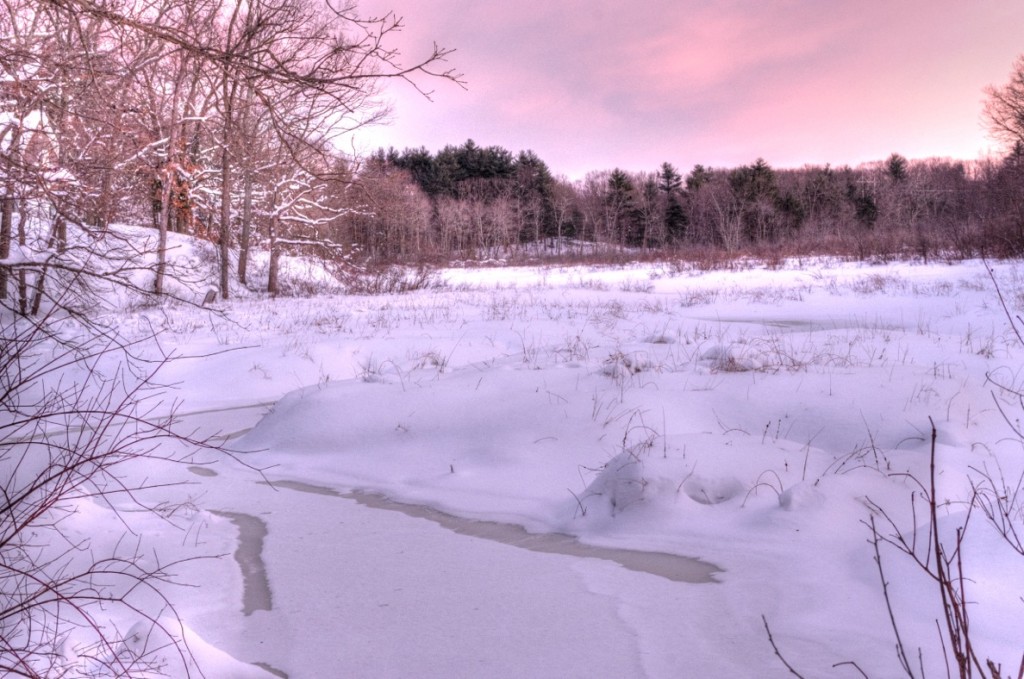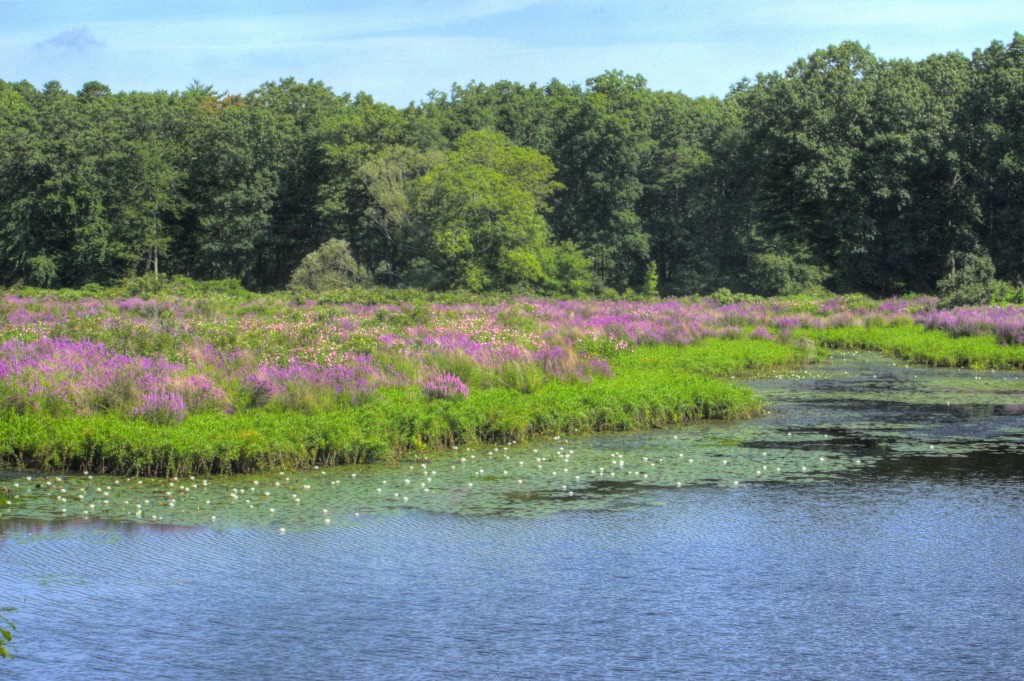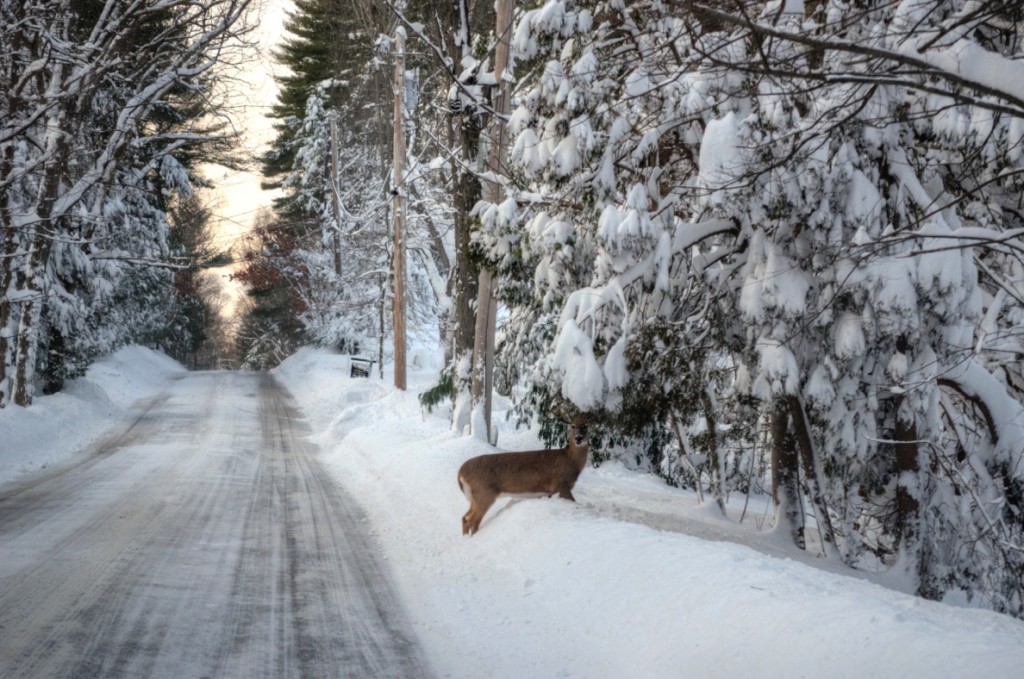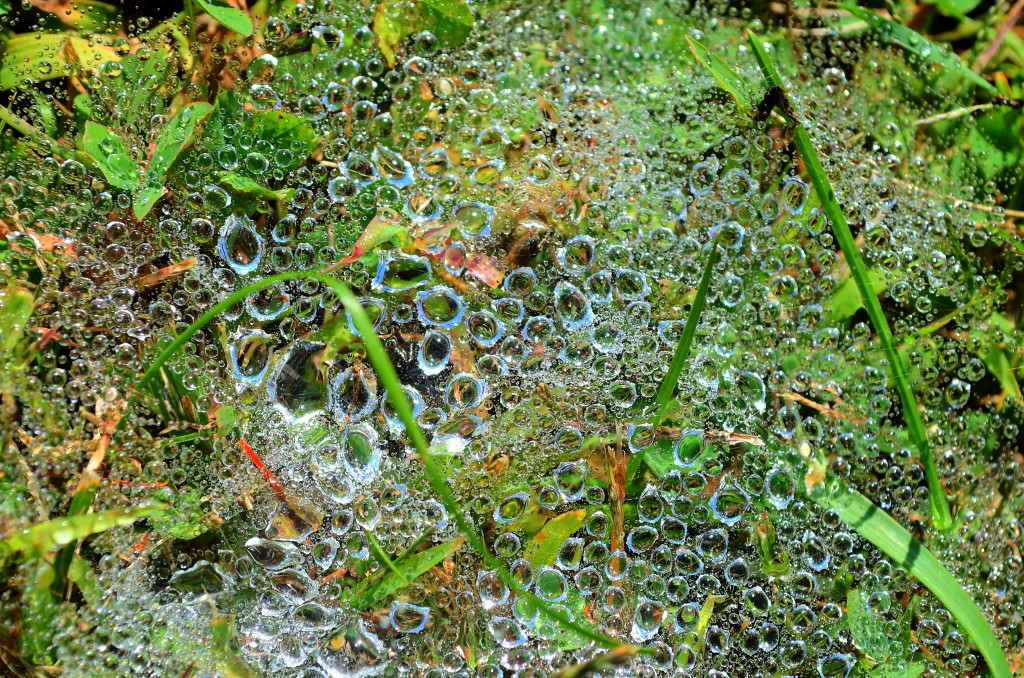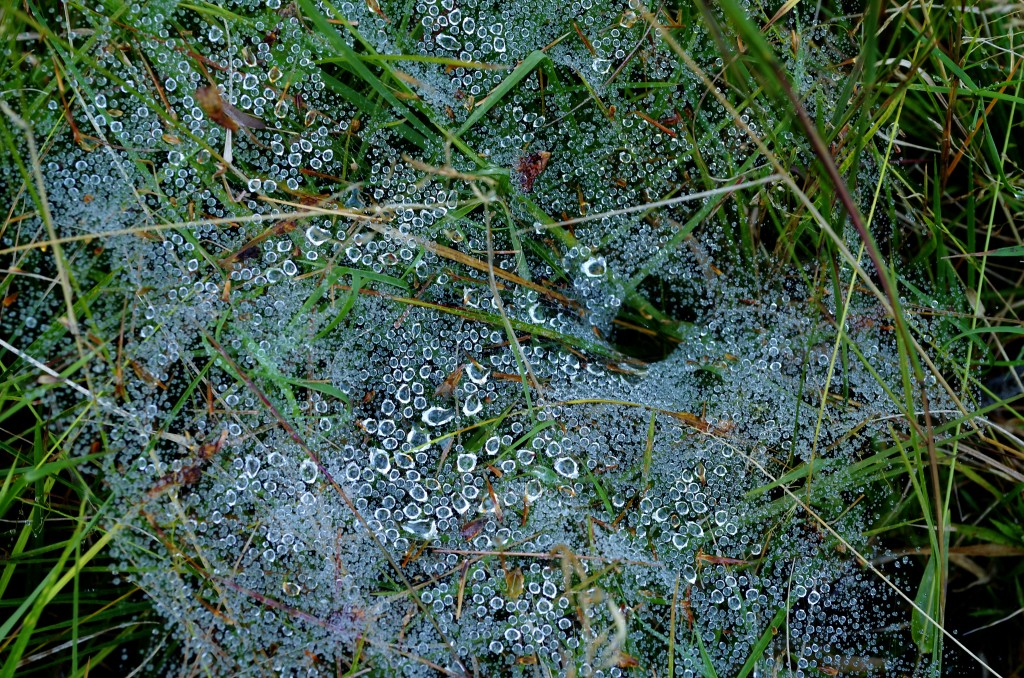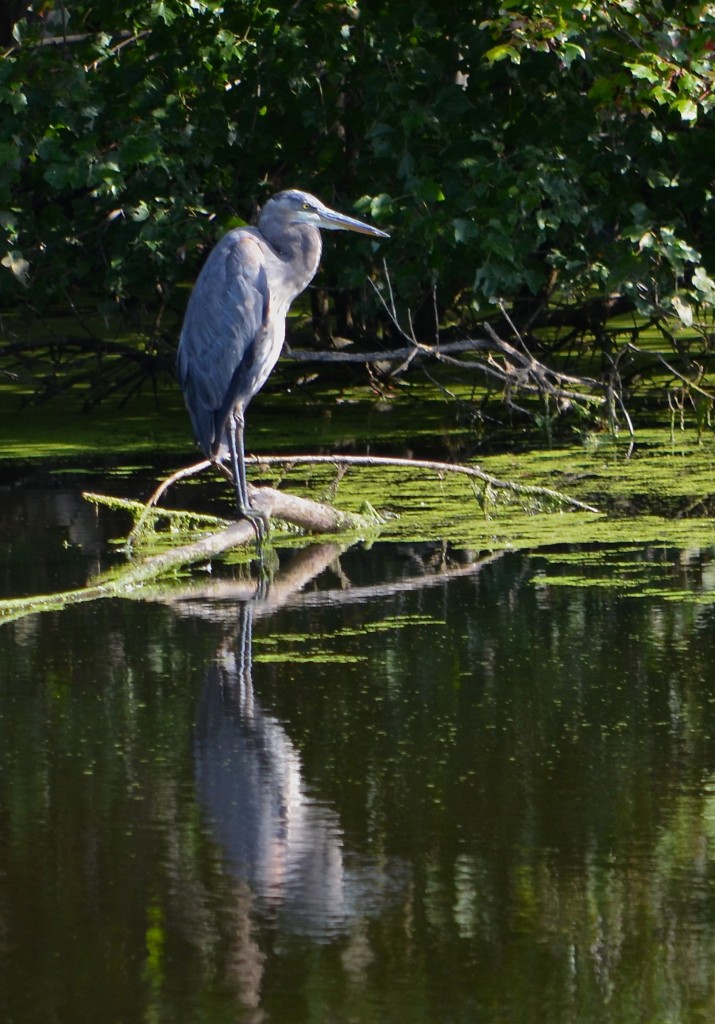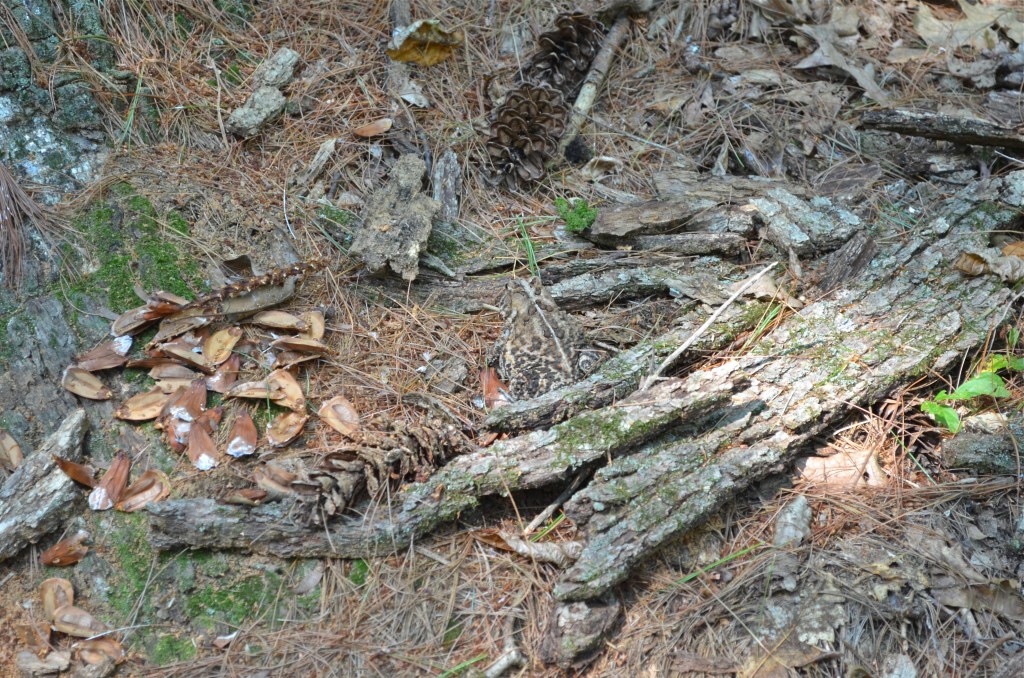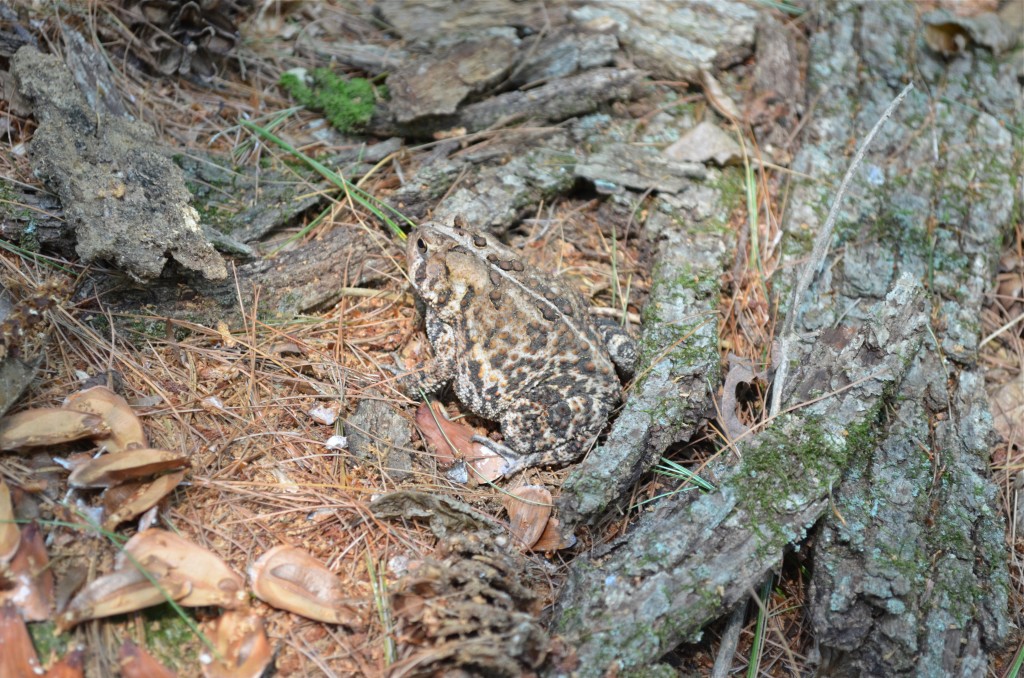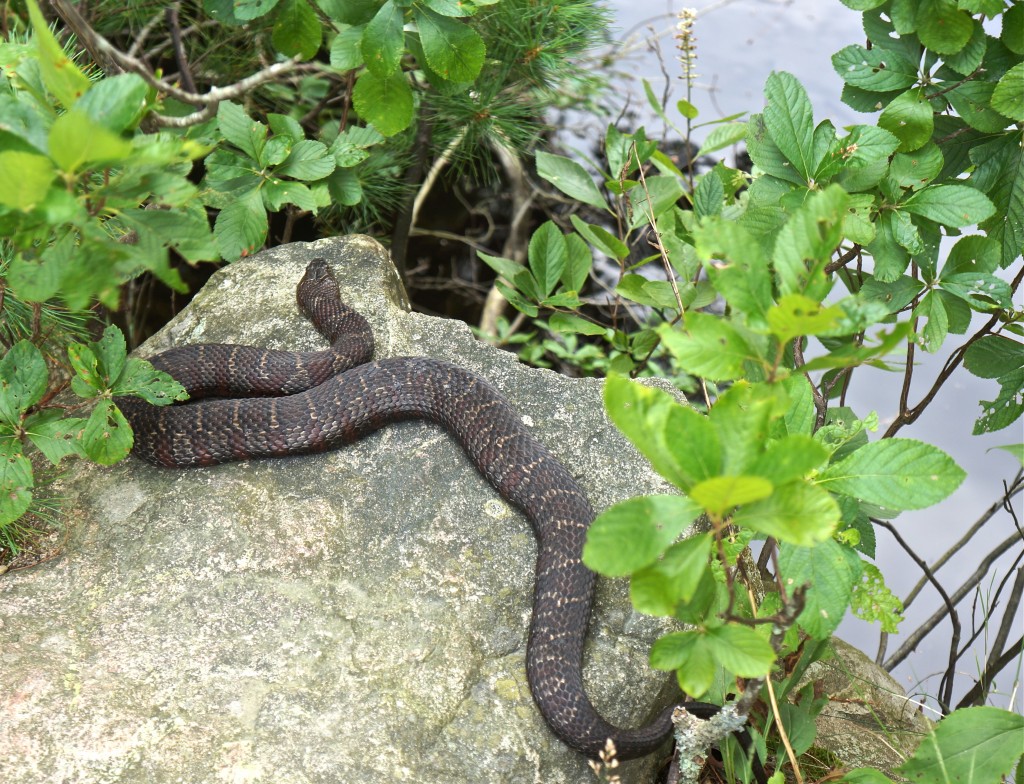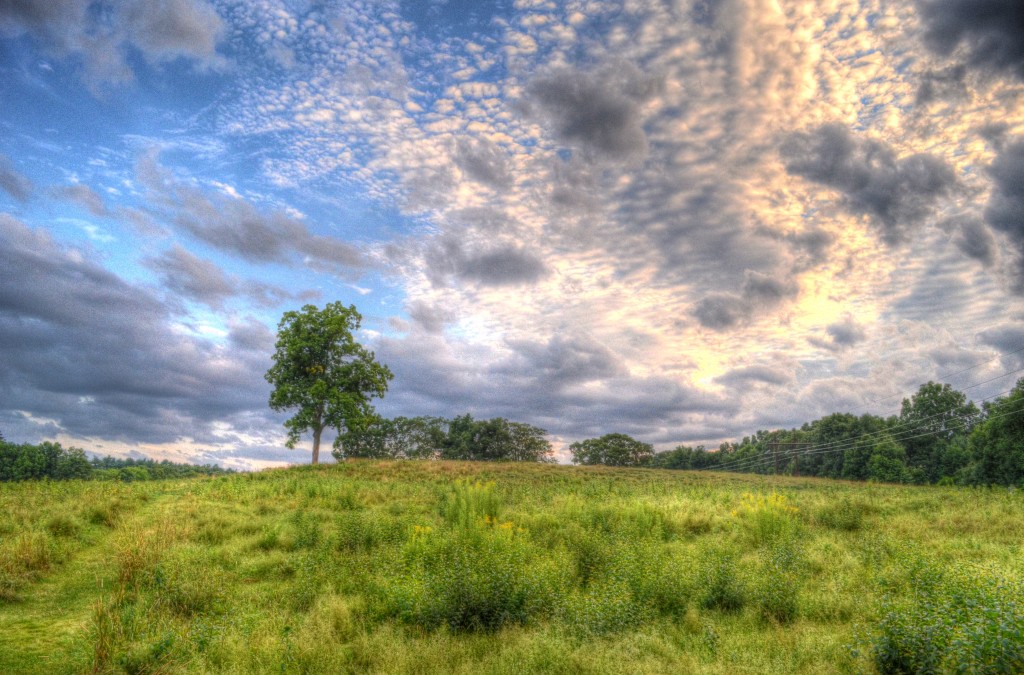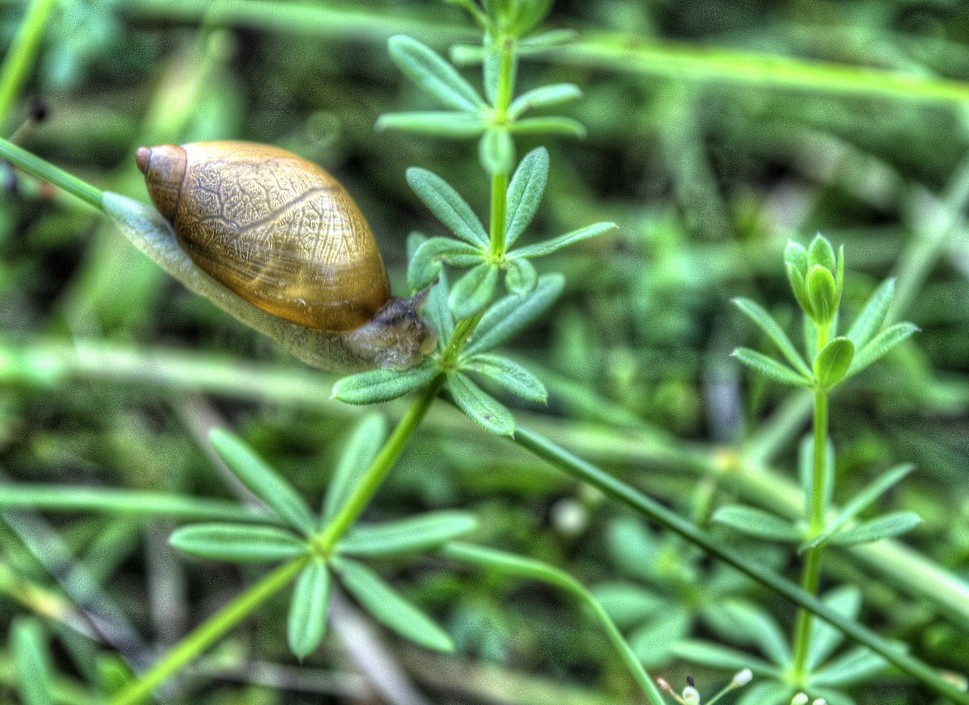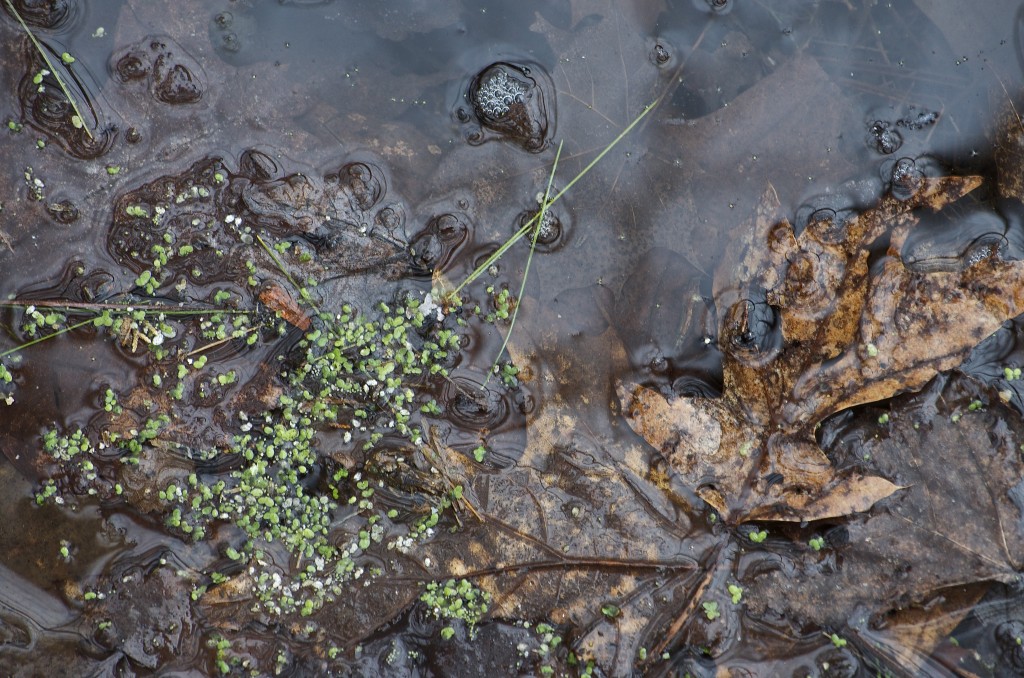 The first sounds heralding the arrival of spring: 1. The snarling, metallic, tiny weed-whacker sound of the beard trimmer. That’s B shaving his winter beard because it’s the vernal equinox, and like all the other creatures compelled by their DNA to respond to the seasons, he must shed his winter coat. 2. Spring peepers! This year I first heard them March 28. (Last year it was March 12.) They are “chorus frogs,” and can live in breeding groups of several hundred. Their bodies can be less than an inch long or up to about 1.5 inches. It’s only the males that make the sound (to attract their women). They hibernate under logs and leaves, and can survive being mostly frozen. Then in spring, you hear them especially in vernal ponds and other temporary wetlands. They lay their eggs in the water, and then live on land the rest of the year, feeding on insects. I’m sorry this photo is just a thawing pond with no actual frogs to look at, but here’s a video that shows some Connecticut peepers in action:
The first sounds heralding the arrival of spring: 1. The snarling, metallic, tiny weed-whacker sound of the beard trimmer. That’s B shaving his winter beard because it’s the vernal equinox, and like all the other creatures compelled by their DNA to respond to the seasons, he must shed his winter coat. 2. Spring peepers! This year I first heard them March 28. (Last year it was March 12.) They are “chorus frogs,” and can live in breeding groups of several hundred. Their bodies can be less than an inch long or up to about 1.5 inches. It’s only the males that make the sound (to attract their women). They hibernate under logs and leaves, and can survive being mostly frozen. Then in spring, you hear them especially in vernal ponds and other temporary wetlands. They lay their eggs in the water, and then live on land the rest of the year, feeding on insects. I’m sorry this photo is just a thawing pond with no actual frogs to look at, but here’s a video that shows some Connecticut peepers in action:
Spring Peepers (Pseudacris crucifer)

